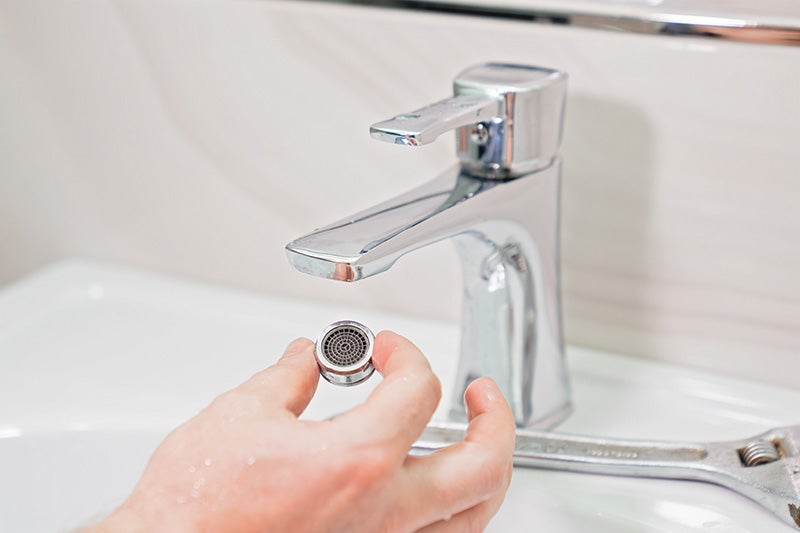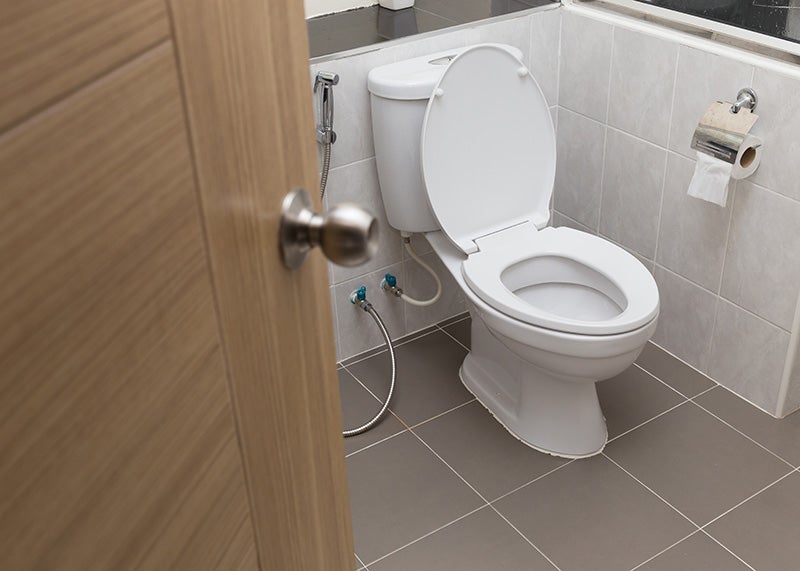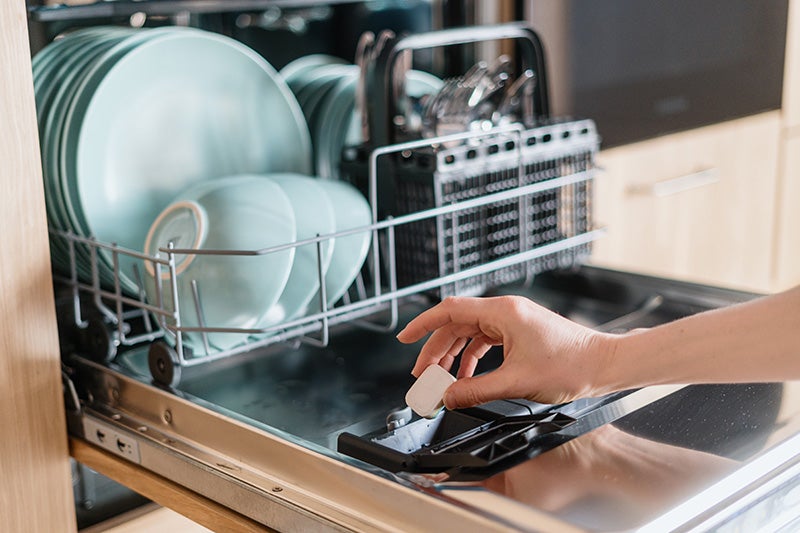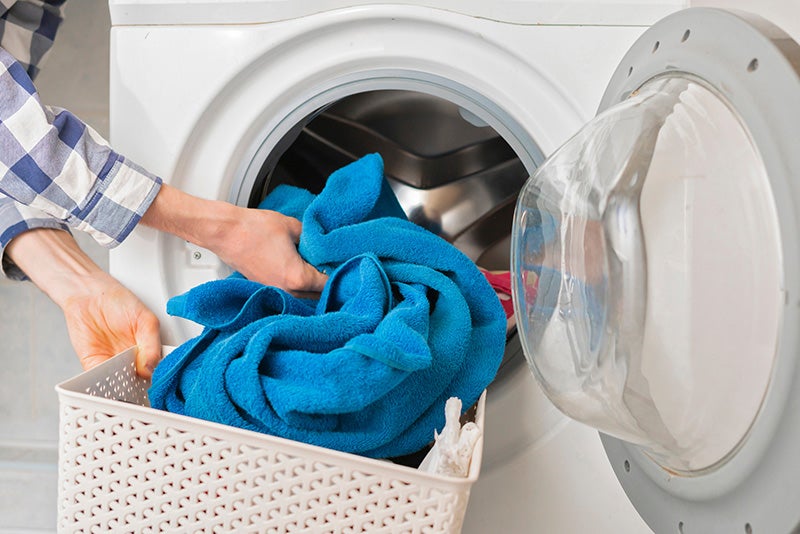Each year, thousands of gallons of water is wasted due to leaking toilets, dripping faucets, and old worn-out appliances. Water waste can add up very quickly and can be very costly when overlooked.
One way that each of us can make a difference is with the water used inside our homes. Depending on habits and types of fixtures installed, a family of four might use 100 to 400 gallons per day. The bathroom is by far the largest consumer of indoor water and can be a major source of wasted water due to leaks. Luckily, there are many ways in which you can use water inside more efficiently.
Water Efficient Products
The water-efficient products available today work well and make saving water easy; they often save energy as well.
WaterSense® labeled products are backed by independent, third- party certification and meet the U.S. Environmental Protection Agency’s specifications for water efficiency and performance. When you use these water-saving products in your home or business, you can expect exceptional performance, savings on your water bills, and assurance that you are saving water for future generations.
Search for WaterSense® labeled products.
Faucets
Faucets can be high users of water, accounting for more than 15% of indoor household water use. Older faucets and aerators can flow as much as 5 gallons per minute, more than double the current standard of 2.2 gallons per minute. Today, fixtures are also available that are effective at even lower flow rates. Look for WaterSense® labeled faucets and aerators, which are certified to perform well while meeting high efficiency standards.
Other ways you can save:
- If your faucet does not currently have an aerator, adding one could save you hundreds of gallons of water. Adding an aerator or replacing one with a lower flow rate is simple and very low cost. Stop by our office to get one for free (while supplies last)!
- Avoid letting the water run while brushing your teeth, shaving, or washing dishes.

Showerheads
Another big user of water in the bathroom is the shower. Showerheads manufactured today can provide a refreshing shower at a flow rate of 2.5 gallons per minute—a fraction of the water of guzzlers installed prior to 1980, which had flow rates of 5 to 8 gallons per minute. Replacing a showerhead is an easy way to save water, and you’ll save on your power bill too since you won’t have to heat as much water. Stop by our office to get one for free (while supplies last)!
New WaterSense® certified showerheads are also available and use no more than 2.0 gallons per minute without sacrificing comfort. There are other ways to save as well, such as:
- Simply taking shorter showers will save gallons of water.
- Turn the water down when full force isn’t needed.

Toilets
If your house has a toilet manufactured before 1980, it probably uses around 5 gallons of water every time it is flushed. The standard since 1994 is 1.6 gallons per flush (gpf). Now there are new WaterSense® certified toilets available that use only 1.28 gpf. WaterSense toilets not only meet high water efficiency standards, but they perform well too.
While replacing an old toilet will provide the most water savings, there are also things you can do to improve the water efficiency of an older model:
- Fill a plastic container with water and some pebbles and place it in the toilet tank. You’ll use that much less water every time you flush.
- Replace the toilet’s flapper or other internal components with water saving parts.
- Occasionally check for toilet leaks by adding about 10 drops of food coloring to the tank. If the toilet is leaking, color will appear in the bowl within 15-20 minutes.
- Avoid flushing trash that could easily be thrown away in a wastebasket.
We have a toilet rebate! Click here for information.
- Your dishwasher uses the same amount of water whether it is full or nearly empty of dishes, so wait until it’s full to run it. Many dishwashers have a water saver cycle to save even more water.
- Keep a container of drinking water in the refrigerator, instead of letting the faucet run until the water cools down.
- Avoid just letting the water run when rinsing vegetables, cleaning dishes or to defrost food.
- Fix leaks promptly! Even a small faucet drip can waste 20 gallons of water each day. Large leaks can waste hundreds of gallons per day.


- Adjust the water level of your washing machine to fit the size of the load. Better yet, wait until you have full loads to wash.
- When purchasing a new washing machine, consider front-load models, which typically use one-third less water than top-load machines.